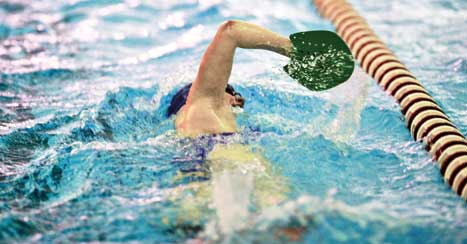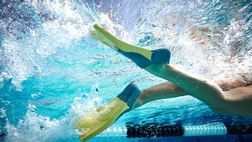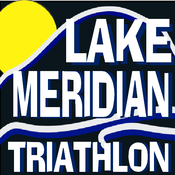|
by Center for Diagnostic Imaging Prostate cancer is the second most common cancer for men. In fact, one in six men will be diagnosed with prostate cancer during his lifetime. A new alternative in diagnosing new and recurrent prostate cancers is Prostate MRI. This simple exam allows for early detection of prostate cancer or abnormalities. Prostate MRI uses computer-aided detection (CAD) to pinpoint specific areas within the prostate gland that are suspicious and may require further evaluation.  Prostate MRI is becoming more common in the diagnosis and treatment of prostate cancer. If your Urologist tells you to get an MRI, do you know what to expect? In this story, you can see what the exam is like and how the images are used to identify cancer that could be missed with ultrasound alone. Learn what to expect from a Prostate MRI exam Prostate MRI exams are available at our Bellevue and Federal Way locations. Find out if you are a candidate for the exam at https://www.mycdi.com/puget_sound/prostate_mri_in_washington/
0 Comments
 Before we answer these questions, it is worth noting that researchers have documented differences in technique and efficiency in competitive swimmers as compared to triathletes. For example, swimmers boast a higher stroke propelling efficiency than triathletes. In other words, triathletes use more power to move less water; therefore, they will benefit from focusing on technique in the pool, not just yardage. This is where fins and paddles come in – when used correctly, these swim “toys” improve both efficiency and technique. Fins (as opposed to flippers, which are used for scuba diving) force a pointed-toe position during kicking, which helps move more water backwards. They also provide resistance during the up-kick, recruiting large, powerful muscles like the hamstrings and glutes to make the kick more powerful. Fins also cause the body to ride higher in the water, allowing swimmers to efficiently skim the surface of the water. Paddles train upper body technique by promoting fingertip water entry and increasing both the pull and push phases of the stroke. There is no question that strapping on fins and paddles changes things from head to toe, but we need to consider how they are best used in training since you cannot wear them during races. Both are tools of resistance: fins increase the demand on the legs and paddles increase the upper body workout. Therefore, they should not be used at all times. While there is no scientifically proven or magic percentage of time to incorporate swim toys into your training, a common rule of thumb is no more than 25% of a workout. Scientists document an impressive 40% reduction in total energy cost for swimmers wearing fins as compared to those without.
Perhaps the hardest question to answer about fins and paddles is, “which ones are best for you?” The options are endless and a comprehensive review is beyond the scope of this article, but there are a few things to keep in mind when choosing swim toys. For triathletes, shorter fins are ideal because they provide resistance in the water while also forcing a faster kick, which is ideal for freestylers. While stiffer fins provide more resistance, they also lead to a slower and more ineffective kick once the fins are removed. For more natural movement through the water, choose softer materials. When it comes to paddles, size and shape are what matters most. Science suggests that an optimal hand paddle size exists: 210-358 cm2. If you don’t feel like doing math or making phone calls to manufacturers to inquire about the surface area of paddles, this research finding is most easily translated to approximately 10% larger than your hand. As far as shape, old-school flat paddles still abound, but a better choice for serious triathletes is an ergonomic paddle, designed with curves to mimic the natural shape of the hand while pulling water. In this A.S.T era, we can confidently conclude that fins and paddles have a well-deserved place in the triathlete’s toolbox. So, the next time you feel judged by a toyless lap swimmer, bypass the kickboard shelf with confidence and strap on your neon fins for a more productive – and fun – workout! Did you know that using fins is a great way to keep swimming while you have a shoulder injury? By increasing the load on the lower body, you will ease the strain on shoulder muscles. For more ideas about how to keep training through injuries, visit www.outpatientpt.com to contact a clinic near you for a free physical therapy consult.
|
Raise the BarRace reports, upcoming events, news, and more, from RTB. Archives
September 2023
|




 RSS Feed
RSS Feed




